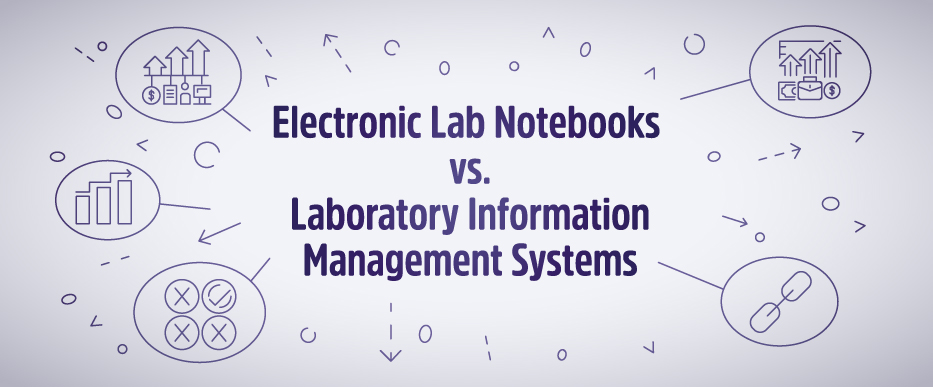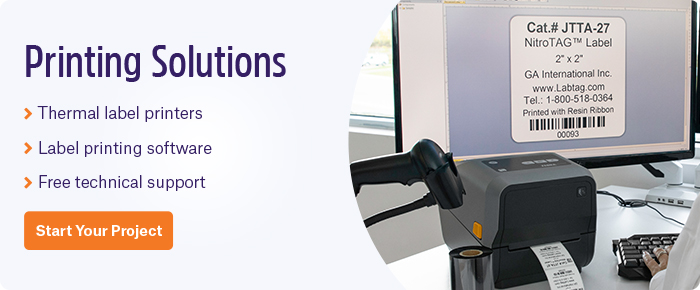
It’s now recognized as best practice to integrate digital platforms that prepare and monitor laboratory workflows as well as track and trace samples and inventory. This means utilizing either a cloud-based laboratory information management system (LIMS) and/or an electronic laboratory notebook (ELN), both of which provide ample visibility across the entire lab to all assays, protocols, data, and analyses. Each type of software provides specific features, detailed below, that are well adapted to specific types of laboratory operations, from large-scale biologic manufacturing to tracking individual experiments.
ELN vs. LIMS, key features
Both are types of sophisticated software used to monitor and manage laboratory functions. A LIMS is dedicated to streamlining workflows, including the input and output of samples and reagents, as well as reporting and ensuring the lab adheres to strict regulations regarding quality control, audit trails, and compliance. While an ELN can monitor workflows, it works more like an electronic form of your lab notebook, facilitating experimental data collection, analysis, and reporting.
Automation and integration
Because of their streamlined nature, LIMS software is typically used in labs that aim to enhance the efficiency of consistent, repetitive workflows. They focus on automating workflows, ensuring each step is tracked and traced accordingly, with inputs/outputs assigned based on a given series of sample types. Thus, a LIMS running optimally should be fully integrated into the lab’s instrumentation and software environment. This is in contrast to an ELN, which works better in unstructured, flexible environments.
Flexibility
Speaking of flexibility, ELNs are most effective when flexibility is needed. They are well-adapted to experimental laboratories that track many different sample types across differing experimental conditions. ELNs are great at managing these workflows and providing a platform to accumulate, centralize, and analyze data. Though LIMS can track multiple protocols, they require additional customization and optimization for each additional workflow, resulting in a more labor-intensive process to set up.
Inventory management and sample tracking
Sample tracking with an ELN is relatively rudimentary, with basic built-in tools that link entries with samples and reagents. However, because of their limited integration with equipment and lab software, tracking can be clunky when transitioning across various workflows. With a LIMS, sample tracking is often managed by identifiers and tracked from point A to point B across only a few efficient workflows, providing a tighter platform to view samples and reagents as they enter and exit each workflow. Though the addition of new sample types and reagents may require a longer configuration time than an ELN, it ultimately results in a tighter, more optimized workflow overall.
When choosing between a LIMS and ELN, it’s crucial to note the size of the laboratory and its primary function. If the lab bases its output on performing repetitive workflows, such as a medical laboratory, a LIMS is likely more useful than an ELN, which performs best for continually varying experimental designs. However, it’s worth noting that both can be fully integrated with each other, providing the best of both worlds wherever necessary.
LabTAG by GA International is a leading manufacturer of high-performance specialty labels and a supplier of identification solutions used in research and medical labs as well as healthcare institutions.

